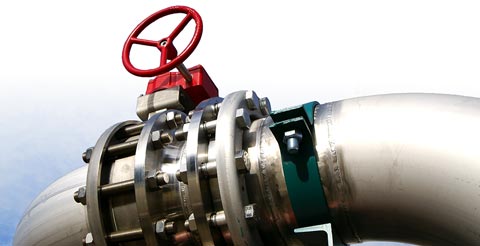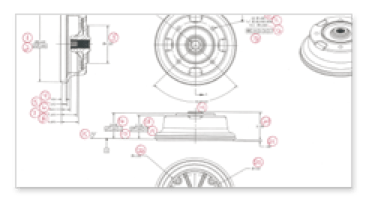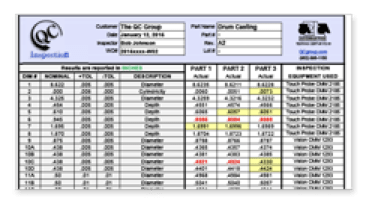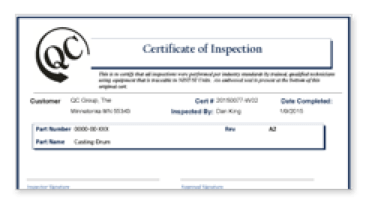Inspection of Oil & Gas Equipment
Lab Equipment & Capabilities
Coordinate Measuring Machines (CMM)
- FARO/LDI Portable CMMs with Laser Scanners
- Laser Tracker
- Brown & Sharpe CMMs with Continuous Scan (PC-DMIS)
- Zeiss Contura with Continuous Scan (Calypso)
- OGP Vision CMMs (Measuremind)
- Optiv Performance with Chromatic White Light Interferometry Scanning
- Optiv Classic (PC-DMIS)
Scanning Capabilities
- LDI Surveyor 3D Laser Scanners
- Cyberscan Confocal Micro-Scanners
- Chromatic White Light Interferometry Scanning
- Full-Contact Continuous CMM Scanning
Surface Finish Evaluation
- Zeiss Surfcom Profilometers
- CyberScan Laser Micro-Scanner (non-contact surface finish)
Support Capabilities
- Optical Comparators and other standard dimensional inspection equipment
- Robust Inventory Control System
- 2,000 lb hoist capacity
- Class 10,000 Clean Room Inspection
- Polishing Wheel
- Cutoff Machine
- Horizontal Bandsaw
- Parts Cleaning Station
- Wire EDM Resources
Qualifications, Accreditations & Certifications
A2LA Accredited to ISO/IEC 17025:2005
ISO/IEC 17025:2005 specifies the general requirements for the competence to carry out tests and/or calibrations, including sampling. It covers testing and calibration performed using standard methods, non-standard methods, and laboratory-developed methods. - ISO.org
ASQ Certifications
All inspectors are certified to one or more of the following:
- CQI (Certified Quality Inspector)
- CMI (Certified Mechanical Inspector)
- CQT (Certified Quality Technician)
- CQE (Certified Quality Engineer)
- CQM (Certified Quality Manager)
- CQA (Certified Quality Auditor)
ITAR Registered
JCP Registered
SAM Registered
DCS Certified
NADCA Participant
- A2LA Testing Cert: 1172.01
- Duns Number:19-993-4829
- NAICS: 541380 (Mech. Testing Lab or Services)
- Cage Code: 0GB04
- SIC Code: 8734
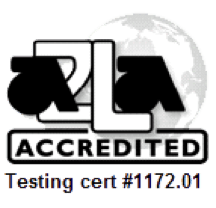
Sample Reports & Deliverables
When to Use 3D Precision Scanning for Your Project
Is your project in the development stage?
When you need quick feedback on the overall part to determine its accuracy to the design, a 3D scan may be the best option. A full first article inspection (FAI) or even a partial dimensional inspection may be more than is necessary when performing an initial validation.
Are you making a comparison of one part to another?
Comparing cavity-to-cavity or supplier-to-supplier can be a daunting task if the results are presented as a list of print features. A 3D comparative analysis can highlight trouble spots quickly. Perhaps then you will need more detailed information with a dimensional inspection of a localized area.
Is your part primarily controlled by profile with a few critical dimensions?
Industries continue to define more of a product’s features with profile tolerances. A 3D scan is the most descriptive method for reporting a profile and the variations throughout the surface. Your project may require that specific numerical profile data be collected with a CMM. That same data can be reported from a scan output.
Combine Scanning With Traditional Inspection
In these situations, we may recommend a hybrid inspection solution for your project that utilizes our 3D scanning and processing capabilities, or combines these capabilities with traditional inspection techniques to provide the most useful data possible.

